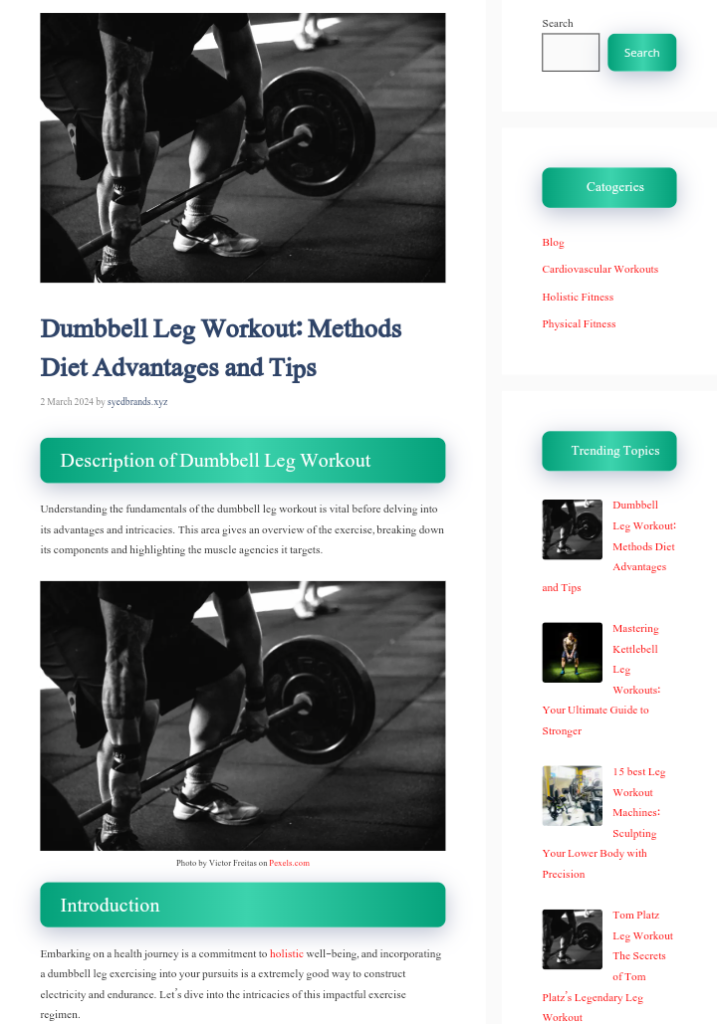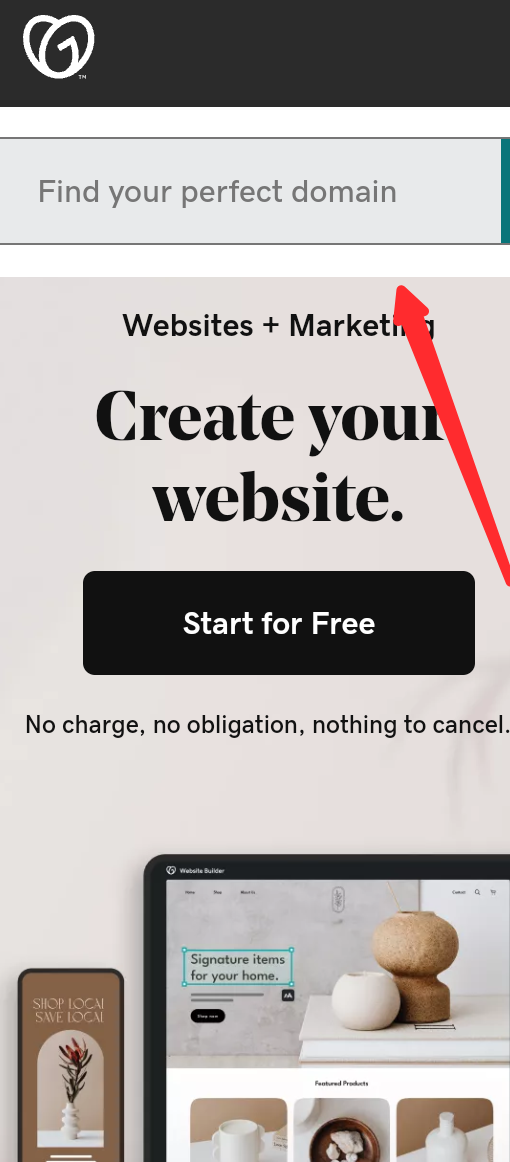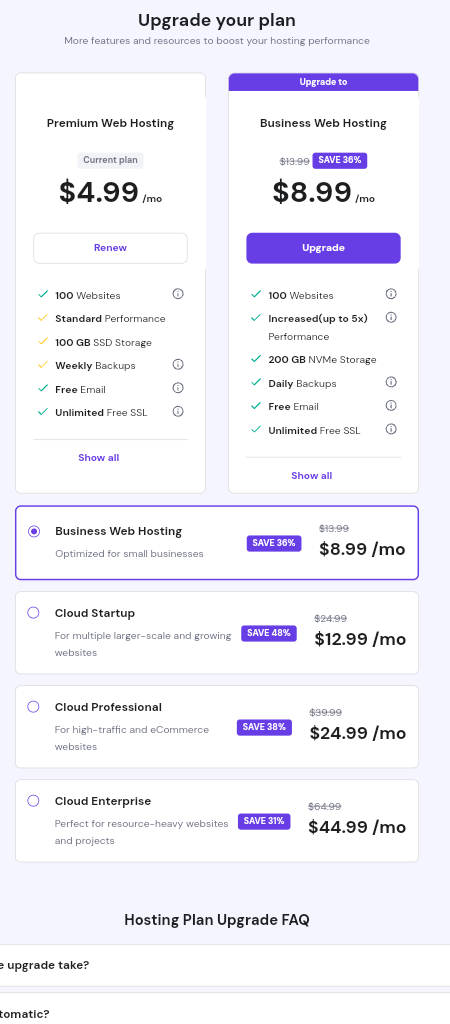Creating a faux internet site is a topic that sparks curiosity, and while we strongly discourage the use of such skills for malicious purposes, we apprehend the interest in understanding the process. In this guide, we are going to stroll you through the steps to create a fake website for educational functions only. Remember, accountable online behavior is crucial, and this information is supposed to enlighten, now not to inspire damaging activities.
Introduction: Understanding the Intent
Creating a fake website can be for various reasons, including for instructional purposes, checking out cyber security, or even for internet improvement practice. Before you start, be clear about your intent, ensuring it aligns with ethical standards.

Tools and Platforms for Website Creation
Choose an undemanding website-building platform for beginners. WordPress, Wix, or Squarespace are high-quality choices. They provide templates and drag-and-drop features, making the manner greater accessible.
Setting Up the Foundation: Choosing Domain and Hosting
Select a domain name that aligns with the reason for your fake website. Choose an official hosting provider to make certain your internet site is reachable and stable.
Designing Your Fake Website
Make your internet site visually convincing with the aid of choosing a terrific template. Customize the layout, colors, and images. Remember, the goal is to simulate an actual website, now not to deceive for malicious purposes.
Crafting Content: Plausibility is Key
Generate content material that appears authentic. If your pretend internet site is for educational purposes, the center of attention on the difficulty matters. Ensure the statistics are manageable but honestly marked as a simulation.
Website positioning Strategies for Realistic Visibility
Apply basic website positioning procedures to make your fake internet site show up in search engine results. Understand that optimizing fake content material for search engines raises ethical concerns, so use this expertise responsibly.
Integrating Social Media for Promotion
Create pretend social media profiles to simulate the online presence of a real website. Again, use this for educational purposes solely and refrain from engaging in deceptive activities.
Avoiding Detection: Staying Responsible
While you choose your pretend website to appear authentic, keep away from activities that may want to damage men and women or businesses. Responsible use is essential to keeping a fantastic online environment.
Ethical Considerations and Alternatives
Always reflect on consideration of the moral implications of your actions. If there are choice approaches to attain your desires except growing a pretend website, discover those options.
Cyber security Measures
Understand the potential vulnerabilities related to faux websites. Implement cyber security measures to shield yourself and others from viable threats.
Reporting Fake Websites: Community Responsibility
Encourage a experience of accountability within the online community. If you come across pretend websites used for dangerous purposes, record them to the suitable authorities.
Education and Awareness
Educate others about the penalties for developing pretend websites for malicious intent. Promote a way of life of digital accountability and ethical behavior.
Recommend steps:
Creating a website includes countless steps, and right here is an easy guide to help you get started:
Step 1: Define Your Purpose and Goals
Before you begin constructing your website, be clear about its purpose. Are you creating a private blog, an on-line portfolio, or a business website? Understanding your goals will guide the entire process.
Step 2: Choose a Domain Name
Select a unique and memorable area that reflects your website’s content material or purpose. Ensure it is easy to spell, heading off complicated words or symbols. You can use area registration offerings to check availability and register your chosen domain.

Step 3: Register a Hosting Provider
Choose a dependable web hosting company to save your website’s documents and make it on hand on the internet. Popular web hosting businesses consist of Bluehost, SiteGround, and HostGator. Follow their guidelines to set up your internet hosting account.

Step 4: Install a Content Management System (CMS)
Most websites use a CMS to simplify the website-building process. WordPress is a famous choice, regarded for its uncomplicated interface and tremendous plugin support. Your hosting issuer may offer a one-click setup for WordPress.
Step 5: Choose a Website Theme or Template
Select a visually appealing theme or template for your website. WordPress affords a broad range of free and top-class subject matters that you can customize to suit your fashion and brand.
Step 6: Customize Your Website
Personalize your website via including your logo, altering colors, and adjusting fonts. Create vital pages such as Home, About Us, Contact, and any different pages applicable to your content or business.
Step 7: Add Content
Start including content material to your website. Create enticing and informative pages or weblog posts. Use a clear and organized structure, which includes headings, subheadings, and multimedia elements to enhance your content.
Step 8: Install Essential Plugins
Enhance the performance of your website through putting in plugins. Plugins can add features like contact forms, social media integration, and search engine optimization (SEO) tools. Be selective and only install plugins that are critical for your website.
Step 9: Set Up Navigation Menus
Create a straight forward navigation menu to help visitors without difficulty navigate your website. Place vital pages in the menu, ensuring a logical glide for users to discover information.
Step 10: Optimize for SEO
Optimize your website for search engines to improve its visibility. Use relevant keywords in your content, meta tags, and photo alt text. Install an search engine optimisation plugin to help you control and optimize your site’s SEO settings.
Step 11: Test Your Website
Before making your internet site live, wholly check it. Check for broken links, make sure all forms are working correctly, and test your website’s responsiveness on exceptional devices and browsers.
Step 12: Launch Your Website
Once you are cosy with the design, content, and functionality, it is time to launch your website. Then publish it and enjoy to see results.
Step 13: Regular Maintenance and Updates
Keep your website invulnerable and updated via in many instances updating the CMS, themes, and plugins. Regularly create backups to safeguard your content material and make any crucial upgrades based on user feedback.
Conclusion: Balancing Knowledge and Responsibility
In conclusion, creating a pretend internet site can be an educational and enlightening journey if achieved responsibly. Always consider the ethical implications of your actions and attempt to contribute positively to the on-line community.
FAQs
Is developing a faux internet site legal?
Creating a faux internet site for academic functions is commonly legal, but it’s crucial to adhere to moral standards and avoid malicious intent.
Can pretend websites be used for instructional purposes?
Yes, developing fake websites for educational purposes, such as cybersecurity checking out or net development practice, is acceptable.
How can I shield myself from cybersecurity threats when engaging in such activities?
Implement robust cybersecurity measures, use impervious passwords, and remain knowledgeable about manageable online threats.
What position does the neighborhood play in reporting faux websites?
The neighborhood plays a integral position in keeping on line safety. Report any pretend web sites used for malicious purposes to terrific authorities.
Are there moral approaches to showcase internet development skills barring resorting to fake websites?
Absolutely, contributing to open-source tasks or developing non-public initiatives that align with moral requirements is a commendable way to show off your skills.

